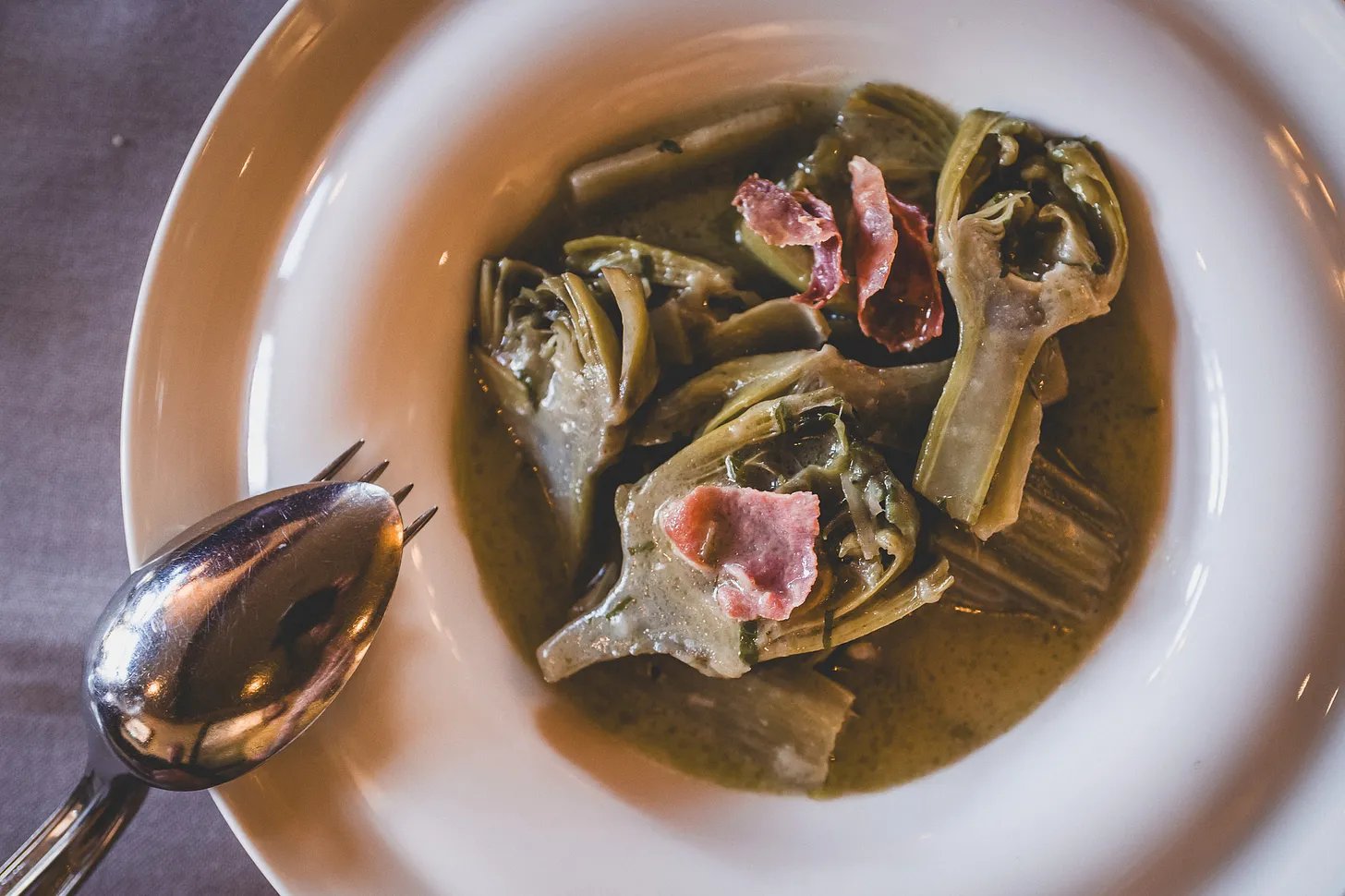Fingers, soup, and lessons in accessibility
I did not find any finger in my soup
However, I did cut fingertip and nail in last Tuesday’s early hours.
We needed to use some chicken and; I wanted to make some soup. After my first-of-the-day coffee, I went to work: slicing and chopping onlions, garlic, and carrots.
In the process, the knife slipped from one of the onions. My finger received a good cut, from a sharp knife. I’ve had plenty of practice with knives, cooking, and cuts—my instincts kicked in. I triaged the cut. Bandaged, I continued cooking.

Disrupting normal routines
My finger was bandaged throughout the rest of the week, disrupting all the routines I had—excitingly—consistently stuck to.
Typing became…difficult.
I’ve been touch-typing since I was a teenager; my fingers know what to do and where to go. Most of the time, my fingers can keep up with my thoughts much more accurately & expediently than my hands ever could writing script.
Now, they didn’t.
I had to find alternative routes to getting work done.
That subtle change nudged my mind out of writing’s reach. I posted past writings to continue the “tick-mark” of consistency, yet—I was disappointed at missing the consistency of writing.
Managing expectations through transparent communication
I strive to type words accurately spelled, with many punctuations—an attempt to create a rhythm and cadence similar to spoken speech. I’ve been a power-user of keyboard shortcuts since Photoshop lost multiple day’s work at three in the morning the day before a project was due—remember: save.
I hopped on the Slack group of the moment, and shared that I’d be slower to respond and would have quite a few more spelling errors.
They understood; welcomly.
Lessons in accessibility
I’m collaboratively building out a design system with a start-up that wants to focus on building accessibility into the tool from the start. My predicament opened the conversation to share more about framing accessibility from a temporal aspect.
At some point in our human lives, we’ll all have a disability.
Be it a:
situational disability, e.g. not being able to hear someone speaking during a loud concert;
temporary disability, e.g. an ear infection; or
permanent disability, e.g. deafness;
it’s a fact that something will happen at some point and the tools & ways we live our lives, hopefully, are designed in a way that allows us to find a work around.
Each of these disabilities are real aspects of the human experience. Real humans that you want to pay for your product that fulfills a need.
We have to worked through, test, and intentionally create products that have accessibility built in—accessibile by default.
Not the first time
This wasn’t my first go’round with a knife and cooking eraly in the morning.
My first apartment out of University, I was trying to pry some frozen, homemade gyoza apart using a knife. That time, it ended up with needing thirteen stitches.
Another fun fact about me: doctors tend to be impressed with my injuries. I broke my two front teeth in middle-school, playing basketball on the tarmac. The dentist that helped me after exclaimed, “OH COOL!” as he looked into my mouth: “There’s still tar on your teeth! I’ve never seen that before. I wish I had my camera.”
The time I needed thirteen stitches, the doctor was curious how I even cut myself: across my left-hand’s thumb and pinky…a weird angle, space, and cut.
The soup was good
Now my finger’s healed, and we’ve had the soup, I can type again.
Happy to be back.